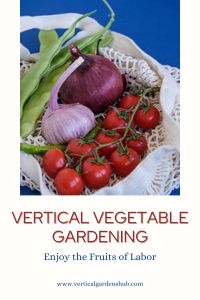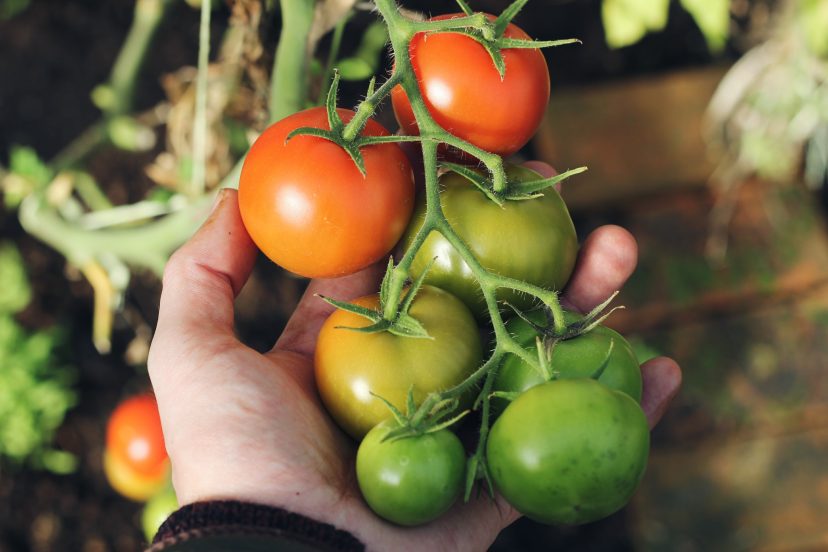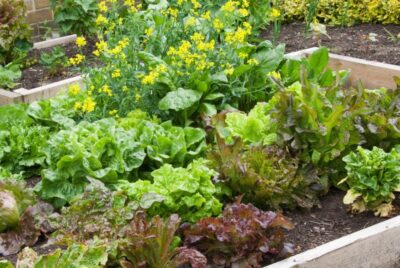Vertical Vegetable Gardening
Vertical vegetable gardening offers a sustainable and space-saving solution for cultivating even in limited areas. Embracing vertical systems for growing vegetables not only adds charm to your surroundings but also offers various benefits. It’s a fantastic way to maximize space, especially for urban dwellers with limited gardening areas. The joy of nurturing your own produce and contributing to sustainability makes vertical vegetable gardening a rewarding endeavor.
Contents Covered
- Understanding Vertical Gardening
- Choosing the Right Vertical System
- The Right Plants for Vegetable Gardening
- Setting Up Your Vertical Garden
- Watering and Irrigation in Vertical Gardening
- Maintaining Your Vertical Garden
- Harvesting and Enjoying the Fruits of Labor
- Sustainability in Vertical Gardening
Understanding Vertical Gardening
Vertical gardening involves growing plants in an upward direction, using structures such as trellises, walls, containers and DYI items. Unlike traditional gardening, where plants spread horizontally, vertical gardens make use of vertical space efficiently. This allows for increased planting capacity and enhances the aesthetic appeal of your garden.
The advantages go beyond space-saving. It enables better air circulation, reduces the risk of pest infestations, and provides easy access for maintenance and harvesting.
Choosing the Right Vertical System
When venturing into growing vegetables with a vertical system, it’s essential to select the right system that suits your space and gardening goals. There are various options to choose from, including vertical wall gardens, vertical hydroponic systems, and vertical towers. Consider factors such as available space, sunlight exposure, and the types of plants or vegetables you wish to grow when making your decision.
The Right Plants for Vertical Vegetable Gardening
Certain vegetables thrive exceptionally well in vertical gardens. Consider growing vining plants like tomatoes, cucumbers, and beans, as they naturally climb and adapt to vertical growth. Additionally, practice companion planting by pairing compatible plants together. For instance, planting basil alongside tomatoes enhances their flavor and helps deter pests.
Also Read:
Setting Up Your Vegetable Garden
Before setting up your vertical garden, identify the best location that receives sufficient sunlight and is easily accessible for maintenance. Once you’ve chosen the location, create a sturdy support structure to accommodate the weight of the growing plants. Use high-quality soil enriched with organic matter to ensure the plants receive the necessary nutrients.
Watering and Irrigation
Proper watering is crucial for the success of your vertical vegetable gardens. Vertical systems can sometimes have limited soil volume, leading to quicker drying of the soil. Water your plants consistently, keeping in mind the specific water requirements of each vegetable. Consider installing an efficient drip irrigation system to conserve water and ensure even distribution.
Maintaining Your Vegetable Gardens
Regular maintenance is vital for keeping your vegetable gardens flourishing. Prune and train the plants to encourage upward growth and prevent overcrowding. Regularly inspect your plants for signs of pests and diseases, and promptly address any issues to prevent them from spreading.
Harvesting and Enjoying the Fruits of Labor
One of the most rewarding moments in vertical vegetable gardening is harvesting your homegrown produce. Learn about the optimal harvest times for different vegetables to enjoy them at their peak flavor and nutritional value. The satisfaction of tasting fresh, organic vegetables nurtured by your care is unmatched.
Sustainability in Vertical Vegetable Gardening
Vertical gardening is inherently eco-friendly, but there are additional practices you can incorporate to make it even more sustainable. Consider implementing rainwater harvesting systems to collect and reuse rainwater for watering your plants. Composting kitchen scraps and garden waste provides nutrient-rich organic matter to enhance soil fertility.
Vertical gardening offers a beautiful and sustainable way to grow vegetables. By choosing the right plants, setting up the best system for your space, and practicing eco-friendly techniques, you can create thriving vertical vegetable gardens that yield delicious and healthy produce year-round.

FAQ:
Q: Can I grow root vegetables in vertical systems?
While root vegetables like carrots and radishes may require more depth, you can experiment with vertical containers or towers to grow them successfully.
Q: How much sunlight do vertical vegetable gardens need?
Most vegetables require at least 6-8 hours of direct sunlight daily. Assess the sunlight exposure in your chosen location to determine suitable plant choices.
Q: Can I grow herbs in my vertical vegetable gardens?
Absolutely! Herbs like basil, mint, and parsley thrive in vertical gardens and add a delightful aroma to your space.
Q: Are vertical vegetable gardens suitable for balconies and small spaces?
Yes, its an excellent option for balconies and small spaces for growing vegetables, making the most of the available area while creating a green sanctuary.





